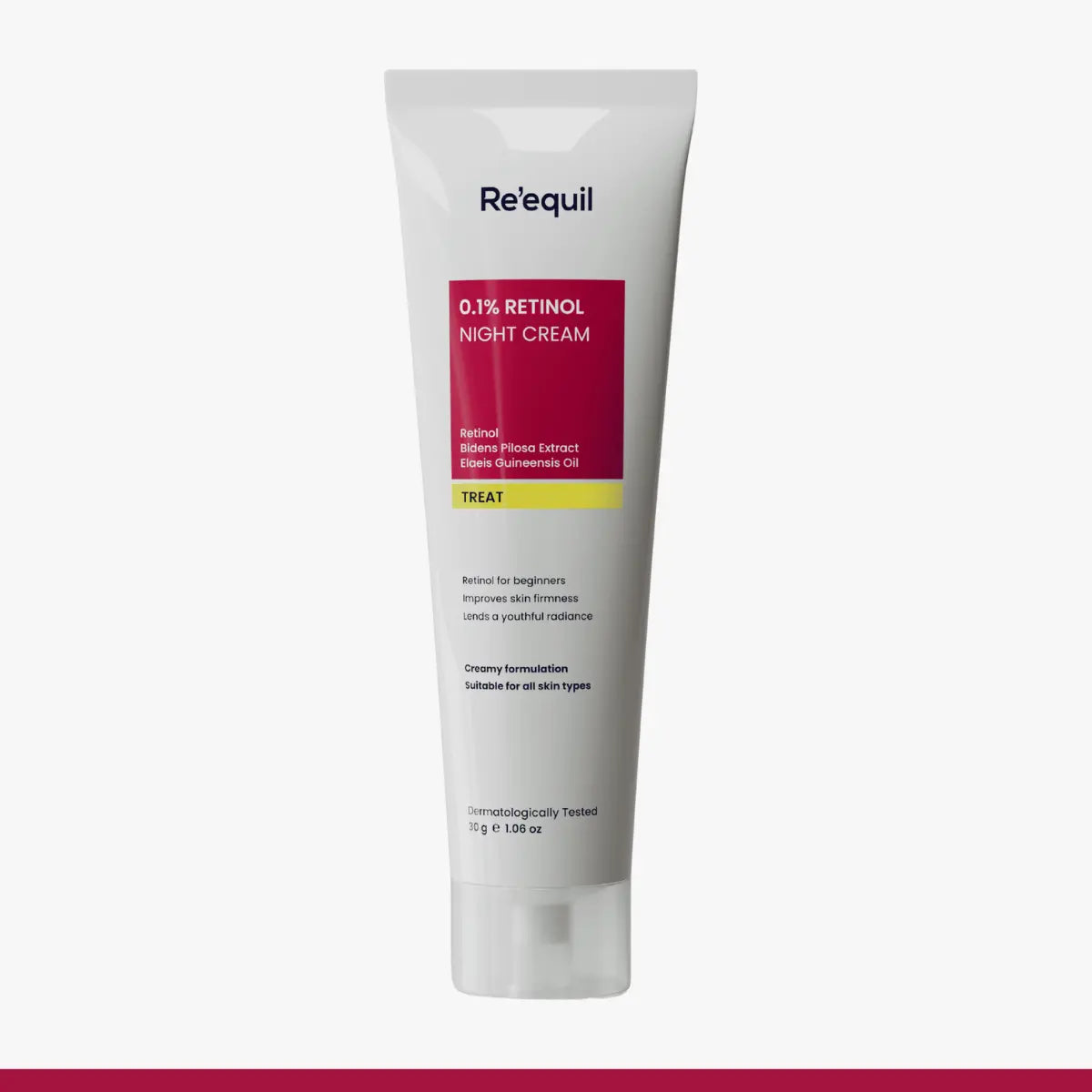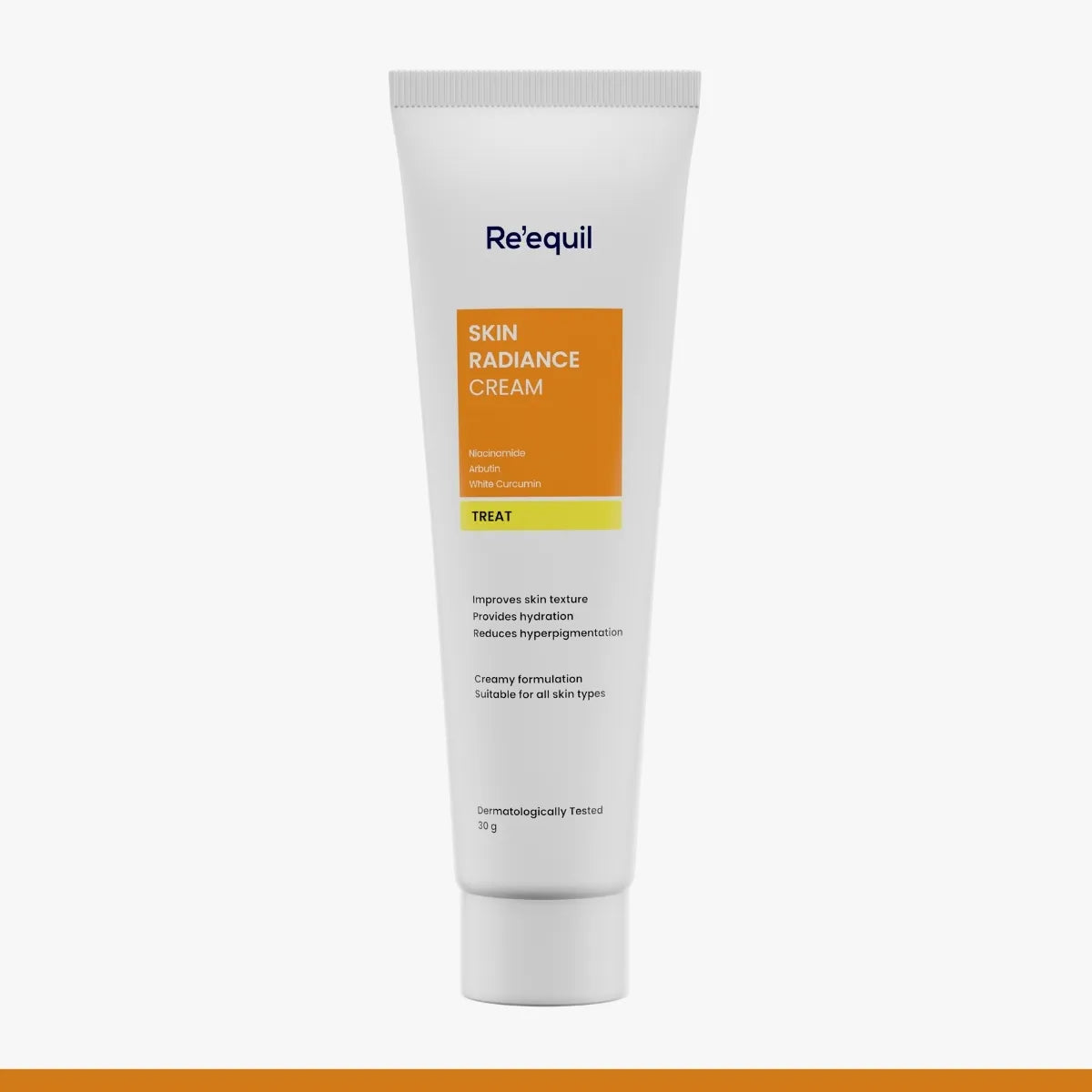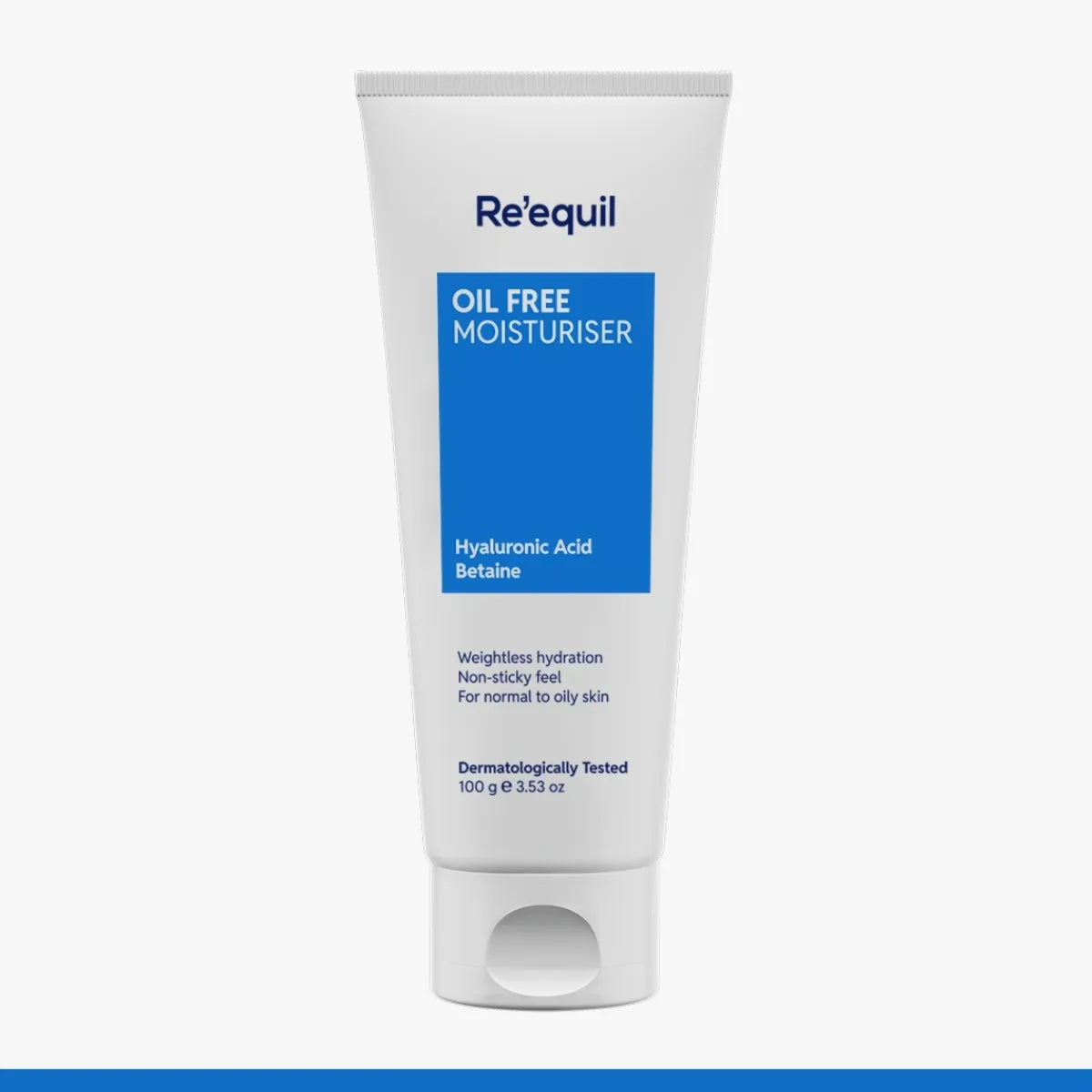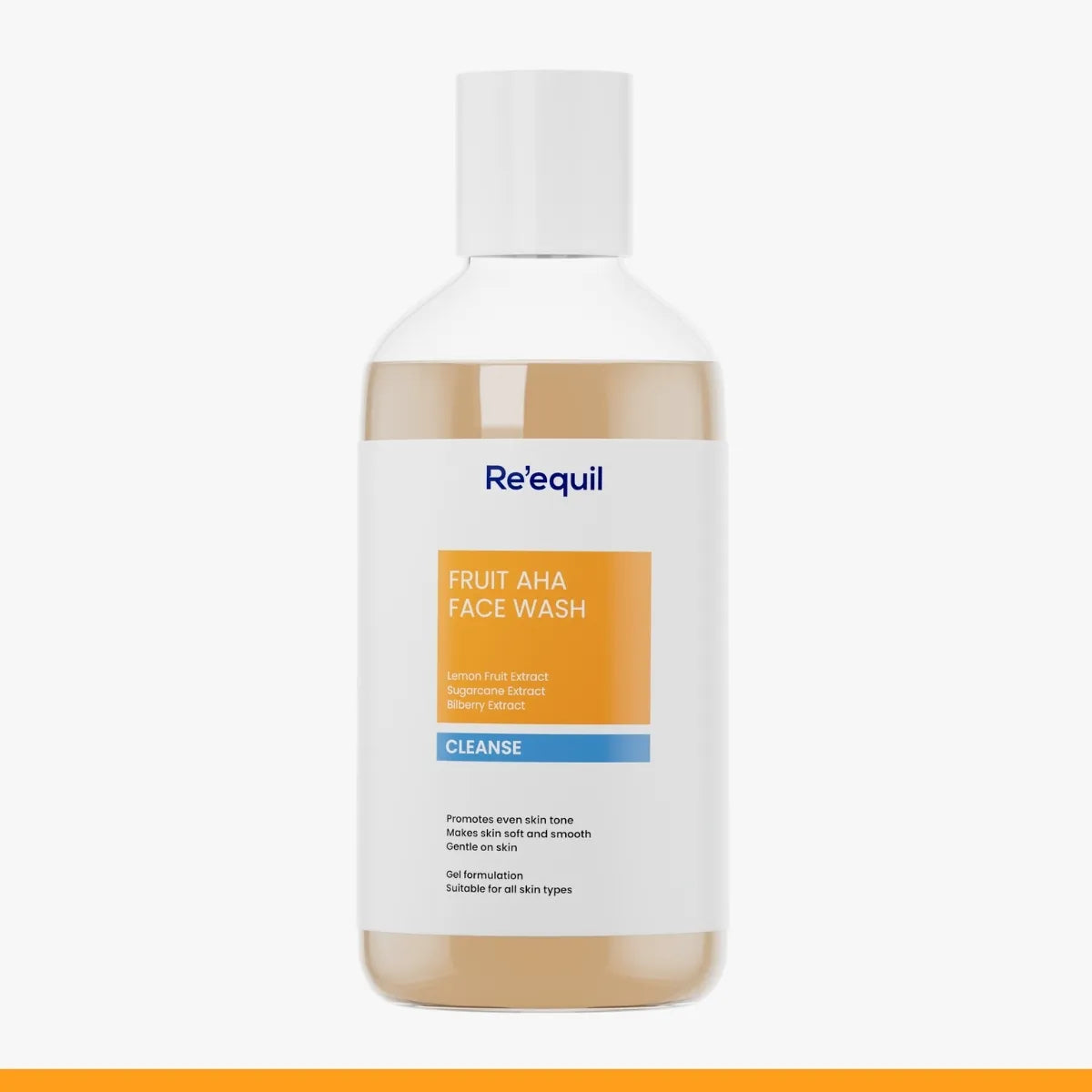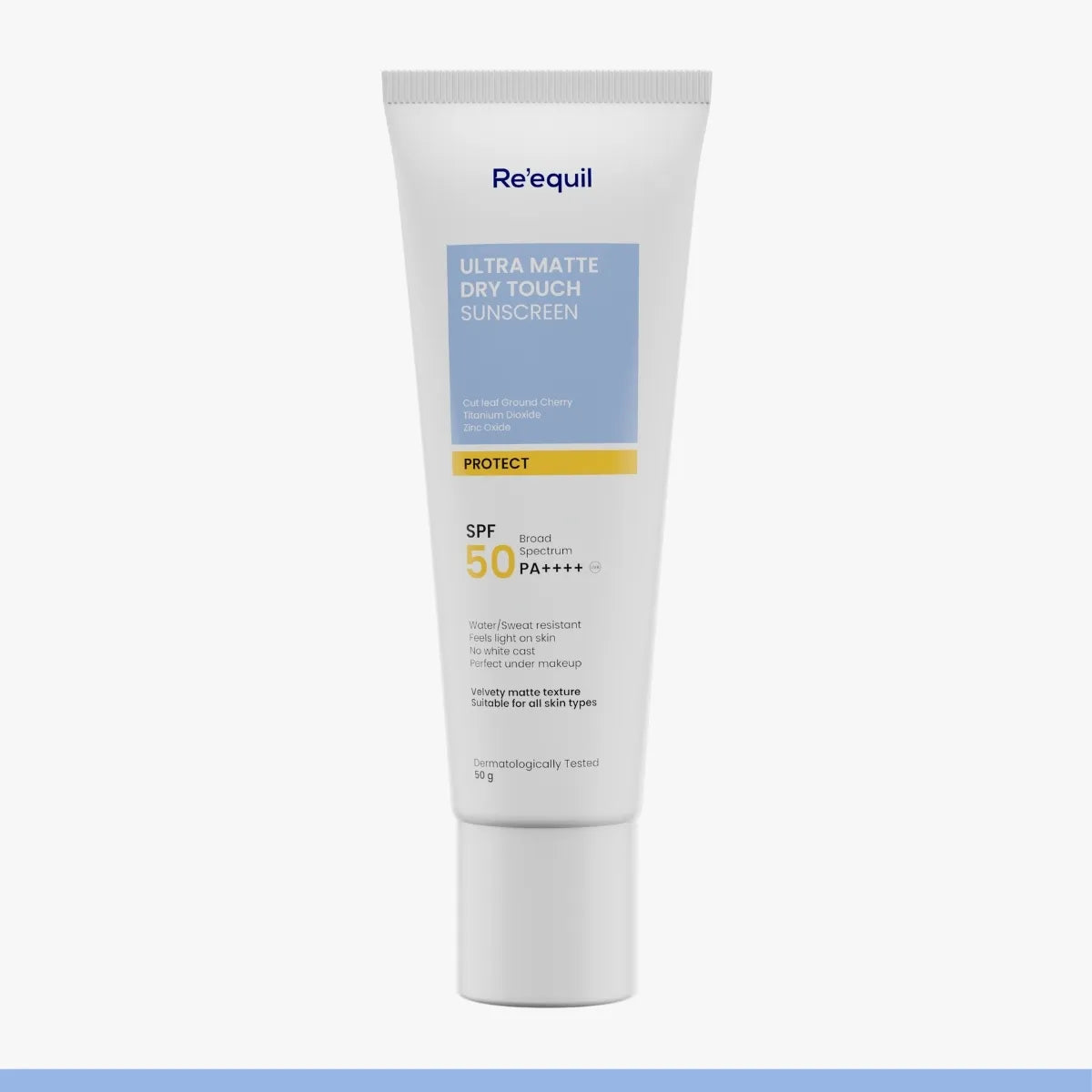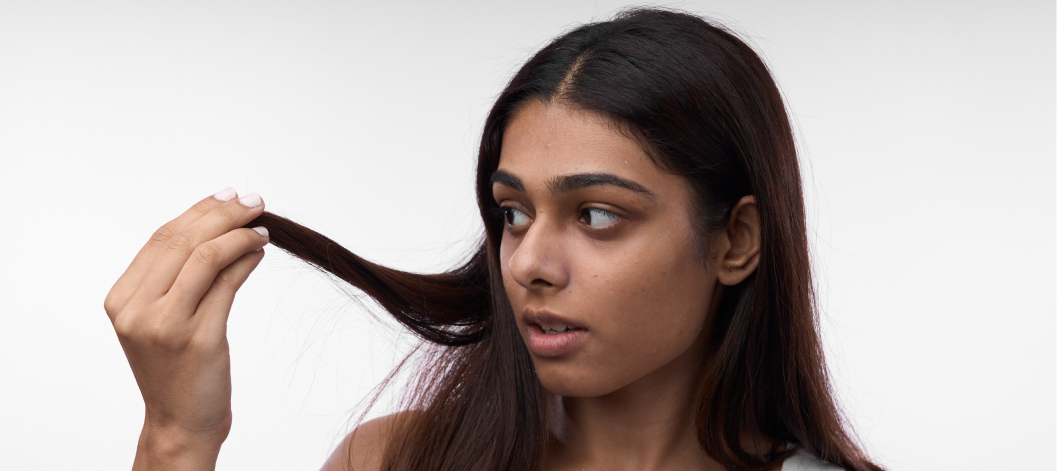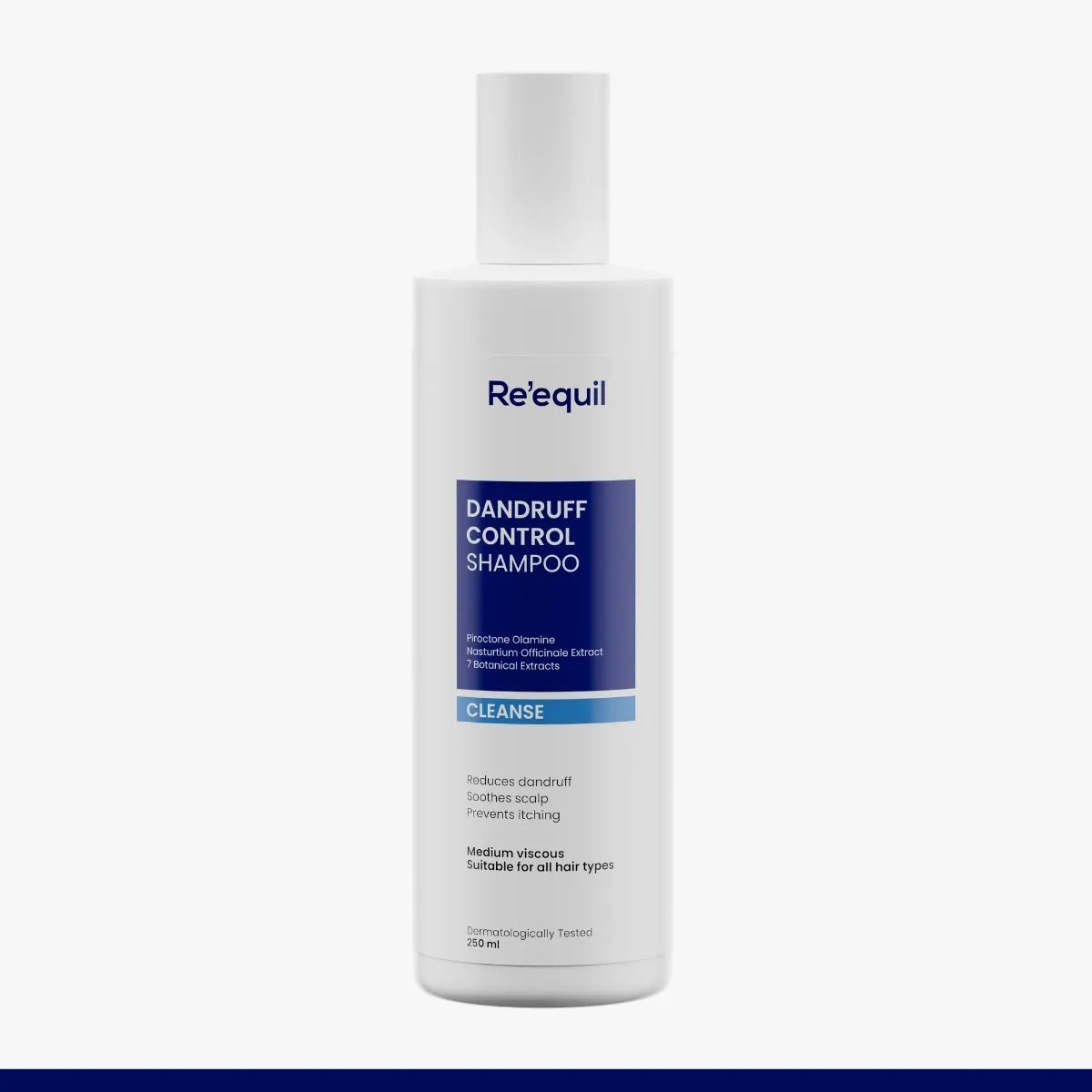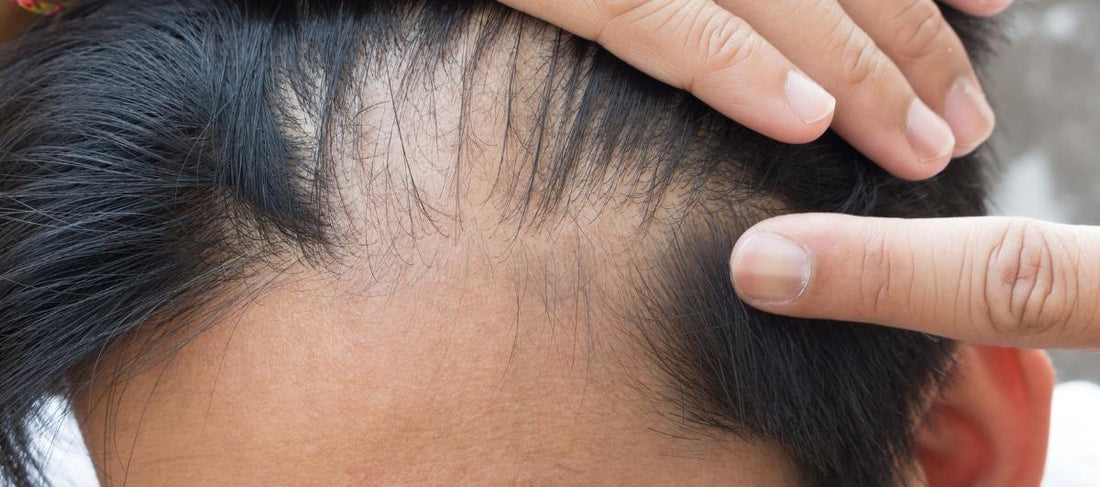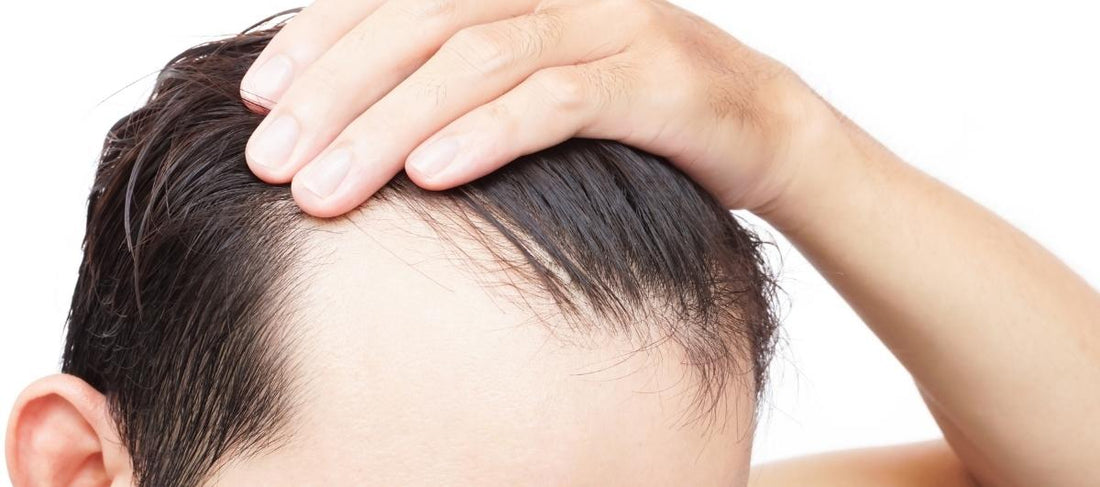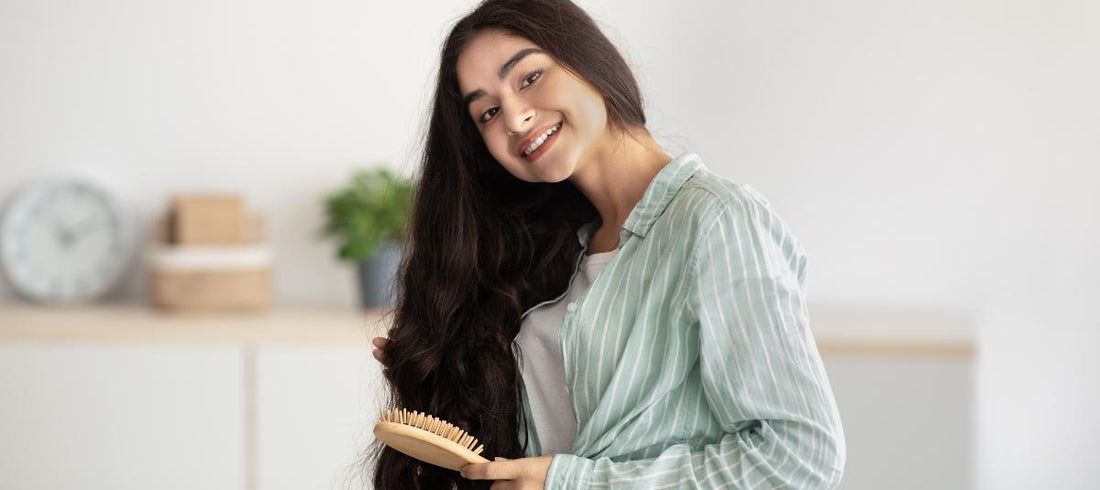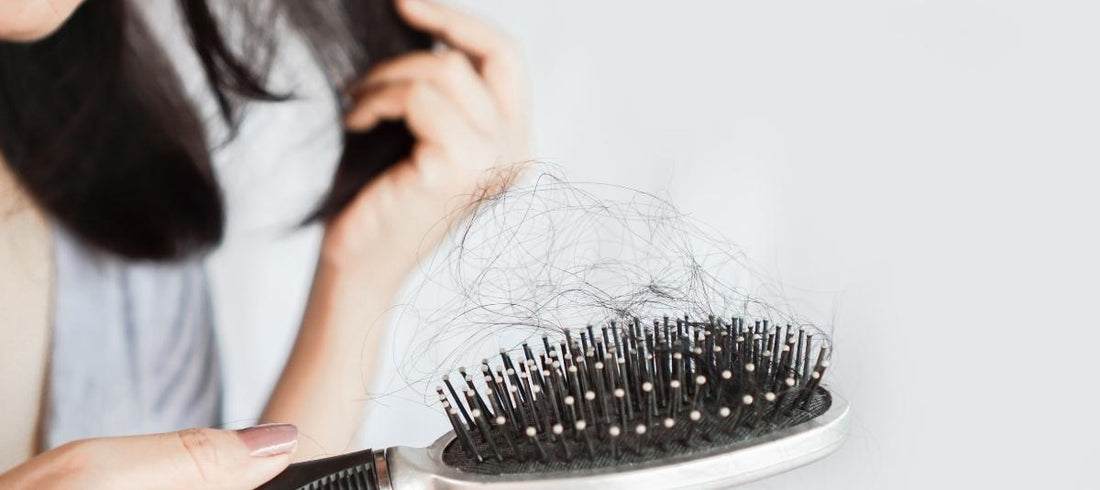Have you observed a gradual increase in hair loss after brushing your hair?
From mild hair thinning to severe baldness, hair loss may vary and can significantly be very stressful. Although losing hair is not physically painful, it does result in emotional distress for the majority of us.
Don’t worry, you are not alone if you're noticing substantial hair loss, breakage, and visible hair thinning.
While stress plays a huge role in triggering hair loss/thinning, a few other components like age, medications, genetics, hormonal imbalance, and harsh hair styling products also contribute to the same.
The ones who are experiencing hair loss must have tried these two topical ingredients at one point or the other in life, i.e, Minoxidil and Aminexil.
But are you still confused about which one is better to yield the desired result and promote hair growth again?
Minoxidil and Aminexil
In a nutshell, Minoxidil, and Aminexil are the most effective solutions to treat hair loss, as claimed by dermatologists and recent research.
It is the only over-the-counter medication for hair loss treatments that have been FDA-approved.
Let’s dig into the important aspects and practical details of Minoxidil and Aminexil such as comparative analysis, efficacy, and safety concerns.
Know which one to incorporate into your daily hair care regime to combat hair loss and hair thinning.
What is Aminexil?
Aminexil is a synthetic compound that functions by reducing the amount of collagen formation surrounding the hair follicle and therefore increasing the overall survival rate of the hair follicles. Its core function is to -
- Support the hair structure
- Improve blood flow to the scalp
- Promote healthy hair growth
Mechanism action of Aminexil
Specifically for hair follicles that weaken with time, Aminexil promotes improved elasticity and softening of the collagen structures enhancing microcapillary blood flow to the damaged hair follicles, and stimulating stronger and more robust hair growth.
It works by hindering the activity of a particular enzyme, called Lysyl Hydroxylase that is responsible for the development and hardening of the collagen structure around the hair follicle.
Aminexil promotes the dilation of blood vessels and thereby improves the blood flow to the hair follicles This has many added advantages -
- Inhibiting hair loss
- Encouraging the regrowth of hair
- Stimulating longer thicker hair
Many times, hair-strengthening products work better in conjugation with other ingredients.
Its efficacy also depends on the form in which the product is being applied, for instance, hair serums, hair creams, masks, etc.
The fact of the matter remains, hair serums have been considered to be really effective in managing hair fall.
They perform by forming a protective layer on the hair strands and increasing hair follicle strength and size. This helps minimise hair fall considerably and gives out a lustrous, frizz-free look.
Look out for a good hair fall control serum that comprises clinically approved ingredients known to promote hair growth, enhance hair structure, and prevent DHT synthesis, which is a major contributor to genetic hair loss.
Since Aminexil is a well-researched cosmeceutical formulation, so far, it has been documented with practically negligible side effects such as redness and itching.
Recommended to perform a patch test before application.
What is Minoxidil?
Minoxidil is a powerful arteriolar vasodilator that activates potassium channels required for greater cellular DNA synthesis and accelerated cell division, thereby promoting cell growth.
For many years, Minoxidil has been used to treat hair loss. By promoting hair development and inhibiting hair loss, this compound has a considerable impact on follicular cells.
Mechanism action of Minoxidil
Humans typically have 5 million follicles at birth, and it is believed that no further follicles develop after.
To understand the functioning of Minoxidil on the hair follicles and scalp, let's quickly race through the hair follicle cycle which can be categorised into three major stages, namely -
- Anagen Stage (Growth): Anagen phase constitutes the growth period during which there is a lot of mitotic activity (proliferation of cells), hence longer anagen phase equals longer hair. It is also the longest phase of the hair follicle cycle, lasts an average of three years and confirms that 90% to 95% of all hair is present at any one point in time.
- Catagen (Transition): In this stage, the hair stops growing and detaches itself from the blood supply resulting in the hair to involute and form a clubbed hair structure.
- The telogen stage (Rest): It is the organ's inactive state, lasting 2 to 3 months. In this stage, the clubbed hair falls off and a new anagen hair sprouts to complete the cycle.
To sum it up, Minoxidil application lengthens the anagen stage and enlarges the shrinking hair follicles.
Side effects of Minoxidil
One of the most prominent side effects of Minoxidil is that it might cause systemic absorption which stimulates excessive hair growth in untreated areas. Other side effects for Minoxidil’s topical application includes -
- Itching and scaling
- May induce allergic contact dermatitis
- Cardiovascular complications such as pulmonary hypertension and ischemic heart disease
- Hypertrichosis
- Throbbing headaches and itchy eyes
To identify the responsible agents, it is advisable to carry out a patch test to check sensitivity.
Aminexil Vs Minoxidil: Which is better for hair loss?
Aminexil and Minoxidil are two hair growth promoters that function in a similar way. Former acts by inhibiting enzyme expression responsible for collagen build-up around hair follicles and the latter functions by dilating the blood vessels for better blood flow to the hair follicles.
Once the working mechanisms are understood, narrowing down the usage of the hair product comes down to being a subjective choice, keeping in view factors like sensitivity, age, and side effects.
Aminixil has practically no side effects when compared to Minoxidil and therefore has an upper hand in terms of safety concerns, efficacy and optimal results.
People have had a positive outlook towards Aminexil which works directly on the hair roots to provide hair strength and growth.
What ingredients to look for in your anti-hair fall products?
Some of the essential power-packed ingredients that work in perfect harmony with star compound Aminexil and that effectively promote hair growth are listed below.
1. Pisum Sativum Sprout Extract (Pea Extract)
It promotes the expression of the genes FGF7 and noggin, two well-known signalling molecules crucial for the induction of a new hair growth phase.
Pisum Sativum Sprout Extract is also proven to show direct effects on hair growth by flushing the scalp with antioxidants and revitalising hair from the root. It is also scientifically known to shorten the Telogen phase of the hair growth cycle, helping to strengthen hair follicle stem cells.
2. Nasturtium Officinale Extract
Plant ingredients essential for the health of the skin, scalp, and hair are naturally loaded in Nasturtium officinale Extract, including minerals like zinc & Vitamin A, C, E, flavonoids and sulphur.
Sulphur-rich nasturtium extract acts to strengthen keratin and ensure the strengthening of every single hair strand by bonding with minerals like zinc and magnesium. It can be your go-to ingredient in youranti-hair fall shampooto boost hair health.
3. Aesculus Hippocastanum Seed Extract
The potassium B vitamins, zinc, and vitamin E that are power packed in Aesculus Hippocastanum Seed Extract have proved to be highly beneficial for hair and scalp health.
According to recent research, Aesculus Hippocastanum Seed Extract aids in boosting blood flow to the scalp, which in turn results in nourished, healthy and lustrous hair.
4. Tropaeolum Majus Extract
Tropaeolum Majus Extract, made from the Indian cress’s flowers, leaves, and stems promotes active hair development by fortifying hair follicles from the inside out.
The flowers are rich in vitamins B1, B2, B3, C as well as manganese, iron, phosphorus and calcium crucial for hair growth and hair follicle health.
Takeaway
One should set aside a fixed amount of time to solely devote to self-care practices. If your hair loss is caused by emotional or stress-related problems, engage in activities such as meditation, workout regimes, and help groups.
Maintaining a healthy lifestyle, a balanced diet and a fixed sleep schedule is the best hair treatment strategy.
Additionally, explore the hair products best suited to your skin type. Understand the functioning and compatibility of every ingredient to achieve optimal results.
Be patient and consistent, in following yourhair care routine, for it can take months for such treatments to produce desirable results. Top it all with a positive attitude and self-confidence.
